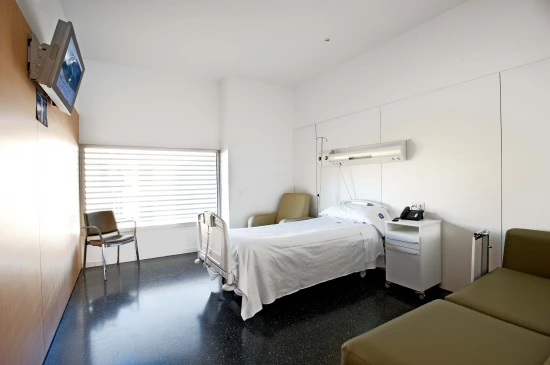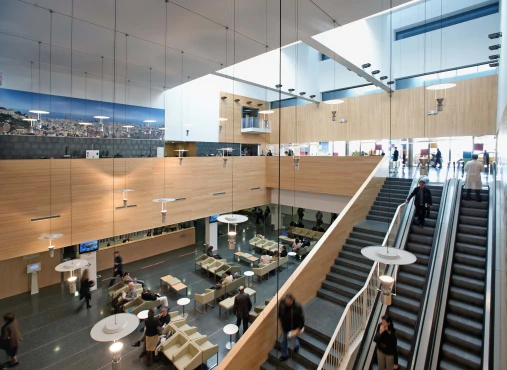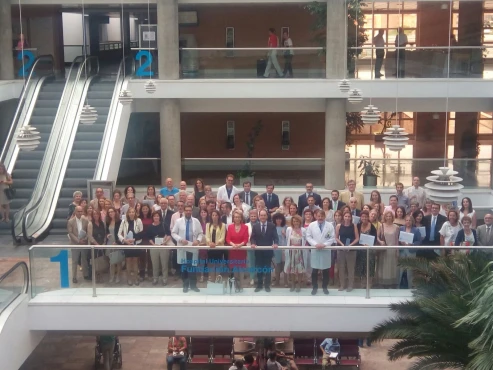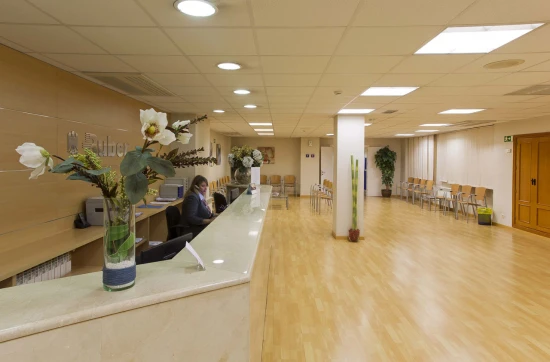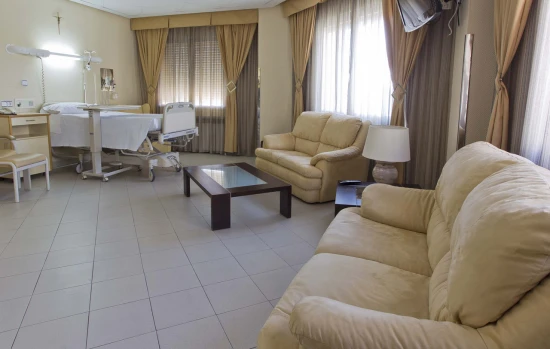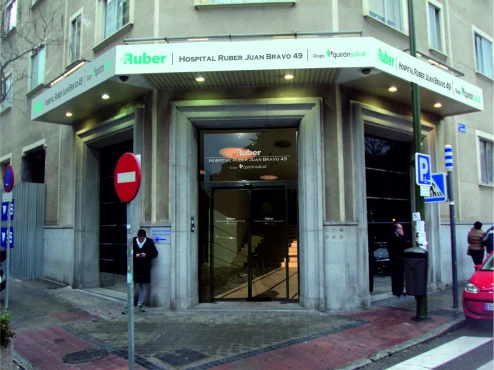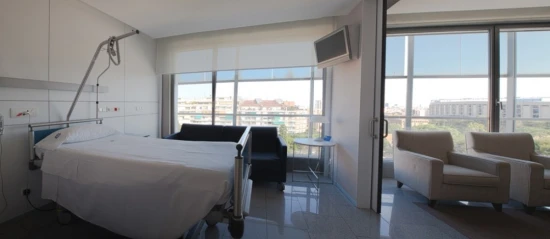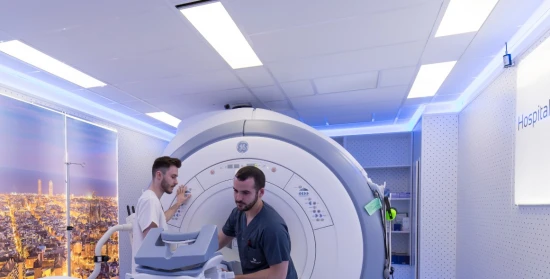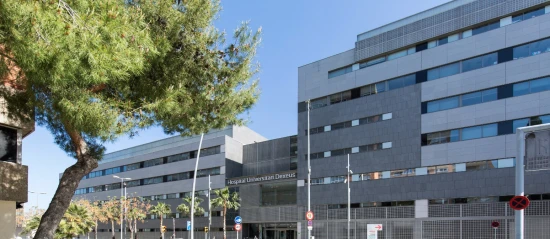Deep brain stimulation (DBS) in 124 Neurosurgery clinics in Europe
124 clinics specializing in Neurosurgery providing Deep brain stimulation (DBS) Deep brain stimulation (DBS) is a surgical procedure where electrodes are implanted in specific regions of the brain and connected to a device that delivers electrical impulses, used to treat neurological conditions such as Parkinson's disease or essential tremor. procedure in Europe.
Albania · 1
Austria · 7
Belarus · 1
Belgium · 3
Croatia · 1
Czech Republic · 6
Denmark · 2
Finland · 2
France · 4
Germany · 24
Greece · 2
Hungary · 3
Ireland · 3
Italy · 8
Luxembourg · 1
Netherlands · 5
Norway · 3
Poland · 2
Portugal · 4
Romania · 1
Russia · 7
Slovakia · 5
Spain · 15
Switzerland · 5
United Kingdom · 8
You can select a specific country
Albania · 1
Austria · 7
Belarus · 1
Belgium · 3
Bosnia and Herzegovina · 1
Croatia · 1
Czech Republic · 6
Denmark · 2
Finland · 2
France · 4
Germany · 24
Greece · 2
Hungary · 3
Ireland · 3
Italy · 8
Luxembourg · 1
Netherlands · 5
Norway · 3
Poland · 2
Portugal · 4
Romania · 1
Russia · 7
Slovakia · 5
Spain · 15
Switzerland · 5
United Kingdom · 8
Sorted by:
Relevance
Rating
Cost of procedures
Relevance
Prices for selected procedures, total:
≈ $69,450
Prices for popular procedures:

Madrid, Spain
Specializations: Cardiac surgery, Vascular surgery, Thoracic surgery, Neurosurgery, Orthopedic surgery, Oncology
Languages: English
Situated in the north of Madrid, the new Sanitas Hospital "La Moraleja" is a modern building designed with comfort and practicality in mind. It is
read more
Prices for selected procedures, total:
≈ $27,050
Prices for popular procedures:
Prices for selected procedures, total:
≈ $190,160
Prices for popular procedures:
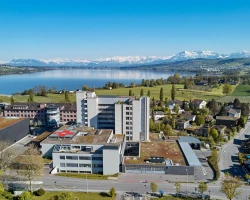
Sursee, Switzerland
Specializations: Cardiac surgery, Vascular surgery, Thoracic surgery, Neurosurgery, Orthopedic surgery, Oncology
In a rapidly growing region, LUKS Sursee offers the population extended basic care, including an emergency station and rescue service. Here, even high patient demands
read more
Prices for selected procedures, total:
≈ $55,700
Prices for popular procedures:
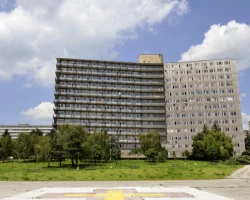
Bratislava, Slovakia
Specializations: Cardiac surgery, Vascular surgery, Thoracic surgery, Neurosurgery, Spine surgery, Orthopedic surgery, Oncology
Ladislav Dérer Hospital (Kramáre Hospitalis) is a hospital in the New Town district of Bratislava, local part of Kramáre. Its old building was built in
read more
Prices for selected procedures, total:
≈ $32,492
Prices for popular procedures:
Prices for selected procedures, total:
≈ $91,999
Prices for popular procedures:
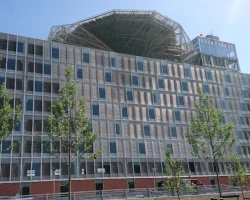
Århus, Denmark
Specializations: Cardiac surgery, Vascular surgery, Thoracic surgery, Neurosurgery, Spine surgery, Orthopedic surgery, Oncology
Aarhus University Hospital offers specialised treatment to citizens in the Central Denmark Region and other regions in Denmark. Aarhus University Hospital is the local hospital
read more
Prices for selected procedures, total:
by request
Prices for popular procedures:
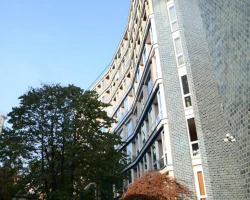
Milan, Italy
Specializations: Cardiac surgery, Vascular surgery, Thoracic surgery, Neurosurgery, Spine surgery, Orthopedic surgery, Oncology
Languages: English
Founded in 1958, Casa di Cura La Madonnina is the most important and exclusive private hospital located in the heart of Milan, close to the
read more
Prices for selected procedures, total:
≈ $154,247
Prices for popular procedures:
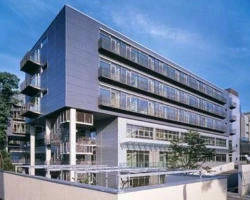
Dresden, Germany
Specializations: Cardiac surgery, Vascular surgery, Thoracic surgery, Neurosurgery, Spine surgery, Orthopedic surgery, Oncology
The University Hospital Carl Gustav Carus Dresden offers medical care at the highest level of care. As a maximum-care hospital, it covers the entire spectrum
read more
Prices for selected procedures, total:
≈ $42,762
Prices for popular procedures:

Brno, Czech Republic
Specializations: Cardiac surgery, Vascular surgery, Thoracic surgery, Neurosurgery, Spine surgery, Orthopedic surgery, Oncology
Languages: English
The Brno University Hospital is the second largest medical facility in the Czech Republic and a leading European hospital. The FN Brno complex consists of
read more
Prices for selected procedures, total:
≈ $42,762
Prices for popular procedures:
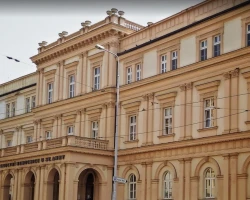
Brno, Czech Republic
Specializations: Cardiac surgery, Vascular surgery, Thoracic surgery, Neurosurgery, Spine surgery, Orthopedic surgery, Oncology
St. Anne’s University Hospital Brno is a state contributory organization established and directly managed by the Ministry of Health of the Czech Republic. University St.
read more
Prices for selected procedures, total:
≈ $42,762
Prices for popular procedures:
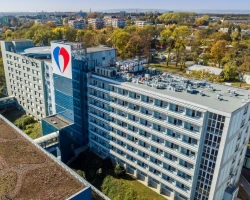
Olomouc, Czech Republic
Specializations: Cardiac surgery, Vascular surgery, Thoracic surgery, Neurosurgery, Spine surgery, Orthopedic surgery, Oncology
Olomouc University Hospital is one of the largest inpatient facilities in the Czech Republic. It is part of a network of nine faculty hospitals directly
read more
Prices for selected procedures, total:
≈ $13,132
Prices for popular procedures:
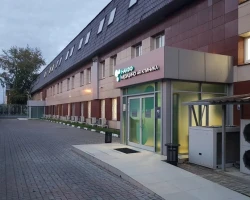
Moscow, Russia
Specializations: Cardiac surgery, Vascular surgery, Thoracic surgery, Neurosurgery, Spine surgery, Orthopedic surgery, Oncology
The National Agency for Clinical Pharmacology and Pharmacy (NAKFF) is a multi-level structure that brings together highly qualified specialists from various fields of medicine.NAKFF Medical
read more
Prices for selected procedures, total:
≈ $42,762
Prices for popular procedures:

České Budějovice, Czech Republic
Specializations: Cardiac surgery, Vascular surgery, Thoracic surgery, Neurosurgery, Spine surgery, Orthopedic surgery, Oncology
Languages: English, German
The České Budějovice Hospital resembles a small town with its size, number of patients, visitors and employees. The complex has its own kitchen, dining room,
read more
Prices for selected procedures, total:
≈ $32,492
Prices for popular procedures:

Debrecen, Hungary
Specializations: Cardiac surgery, Vascular surgery, Thoracic surgery, Neurosurgery, Spine surgery, Orthopedic surgery, Oncology
The Clinical Center provides the high quality implementation of patient care in University of Debrecen. In the Clinical Center of University of Debrecen more than
read more
Prices for selected procedures, total:
≈ $102,550
Prices for popular procedures:
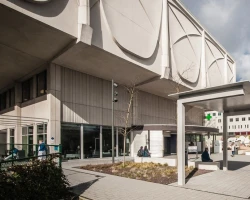
Brussels, Belgium
Specializations: Cardiac surgery, Vascular surgery, Thoracic surgery, Neurosurgery, Spine surgery, Orthopedic surgery, Oncology
Languages: Dutch, English, French
At Universitair Ziekenhuis Brussel, the patient is always our highest priority: we respect each patient as a person, without distinguishing by origin, language, social status
read more
Prices for selected procedures, total:
≈ $154,247
Prices for popular procedures:
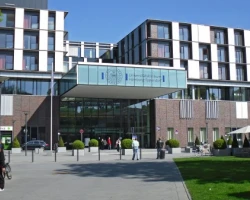
Hamburg, Germany
Specializations: Cardiac surgery, Vascular surgery, Thoracic surgery, Neurosurgery, Spine surgery, Orthopedic surgery, Oncology
Languages: Arabic, English, German, Russian
Knowledge – Research – Healing through Shared Competence We are one of Europe´s most modern clinics. Here specialists from all fields of medicine are brought
read more
Prices for selected procedures, total:
≈ $154,247
Prices for popular procedures:

Krefeld, Germany
Specializations: Cardiac surgery, Vascular surgery, Thoracic surgery, Neurosurgery, Spine surgery, Orthopedic surgery, Oncology
Languages: English, Russian
As a modern hospital of maximum care, we offer you state-of-the-art medicine. This includes excellently trained doctors and nursing staff, innovatve medical technology and treatment
read more
Prices for selected procedures, total:
≈ $69,450
Prices for popular procedures:
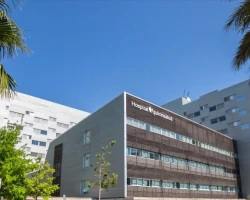
Barcelona, Spain
Specializations: Cardiac surgery, Vascular surgery, Thoracic surgery, Neurosurgery, Spine surgery, Orthopedic surgery, Oncology
Located in an emblematic and well-connected area of the city, at the confluence of Passeig de Sant Gervasi, Avinguda República Argentina and Ronda de Dalt
read more
Prices for selected procedures, total:
≈ $69,450
Prices for popular procedures:
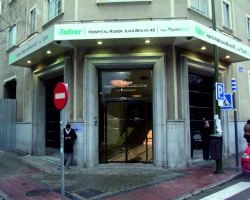
Madrid, Spain
Specializations: Cardiac surgery, Vascular surgery, Thoracic surgery, Neurosurgery, Spine surgery, Orthopedic surgery, Oncology
The new Ruber Juan Bravo hospital complex unites the excellence in care of the Ruber and Quirónsalud San Camilo hospitals. The union of both centers
read more
Prices for selected procedures, total:
≈ $69,450
Prices for popular procedures:
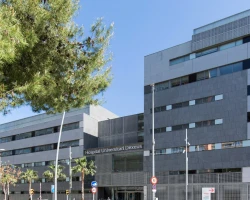
Barcelona, Spain
Specializations: Cardiac surgery, Vascular surgery, Thoracic surgery, Neurosurgery, Spine surgery, Orthopedic surgery, Oncology
Hospital Universitario Dexeus is located in an exceptional point in the city of Barcelona, in the center of the so-called 'axis of knowledge' and where
read more
Procedure price distribution in Europe
Deep brain stimulation (DBS):
$0.8 K
This price found at
Republican Research and Clinical Center of Neurology and Neurosurgery
in Belarus, Minsk
$69.5 K - 110.9 K
This price found at
Aarhus University Hospital (Skejby Sygehus)
and 49 more clinics in 9 countries
$194.2 K
This price found at
Hôpitaux Universitaires de Genève (HUG)
in Switzerland, Genève
Minimum Average Maximum
Procedure prices in popular countries:
Deep brain stimulation (DBS):
Turkey
$35.0 K - 35.1 K
in
18 clinics
Israel
$63.9 K - 63.9 K
in
12 clinics
United States
$74.4 K - 113.0 K
in
13 clinics
China
$146.8 K - 146.8 K
in
4 clinics
Germany
$158.7 K - 158.7 K
in
24 clinics
Countries with the highest number of clinics offering the procedures treatment:
Deep brain stimulation (DBS):
worldwide
419 clinics
Brazil
34 clinics
India
32 clinics
Germany
24 clinics
Mexico
24 clinics
Colombia
23 clinics
Clinics grouping by rating
Clinic with the highest rating of 5 — MEDELEKT Clinic in Moscow, Russia, clinic with the most reviews number of 3114 — Quirónsalud Madrid University Hospital in Pozuelo de Alarcón, Spain.
With rating 4.0 and over — 24 clinics .
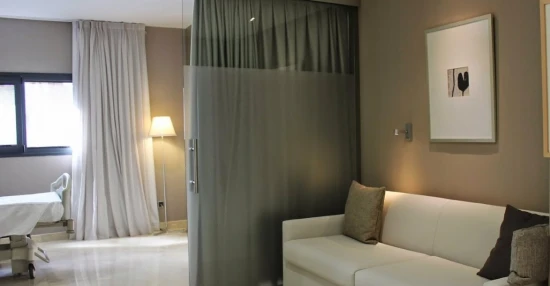
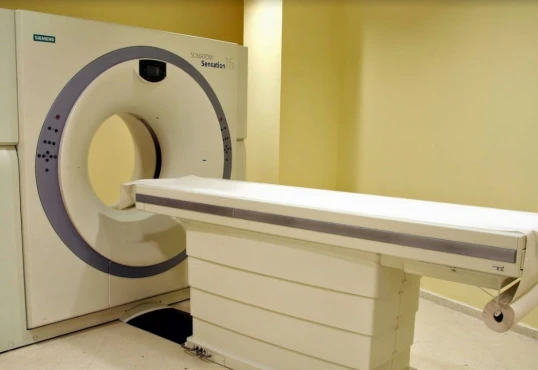

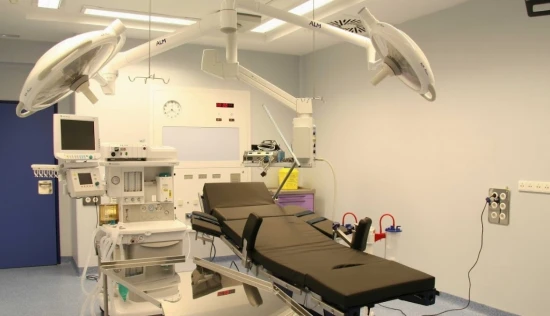
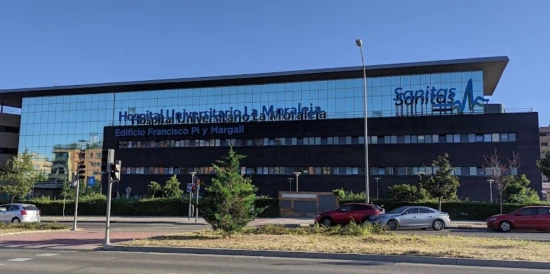

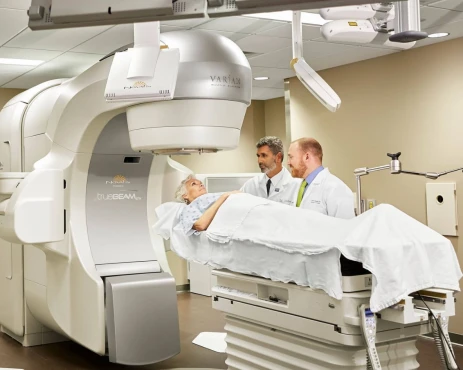

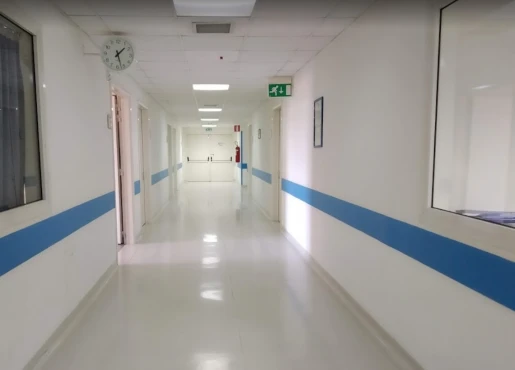

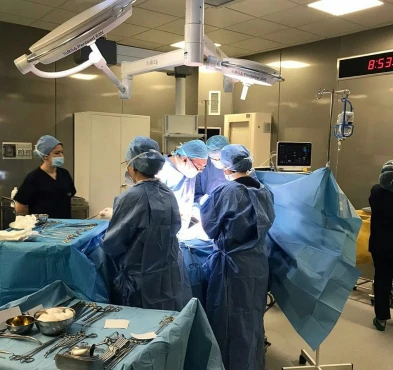
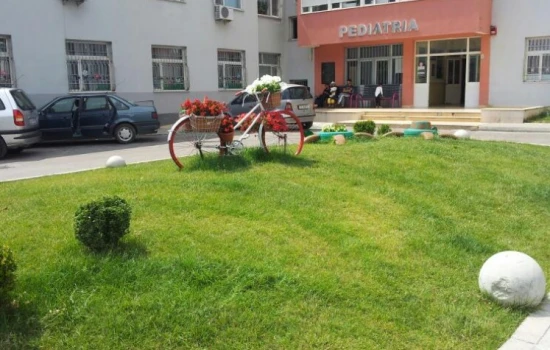
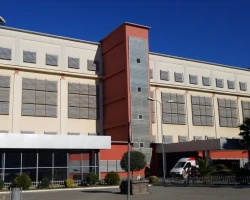
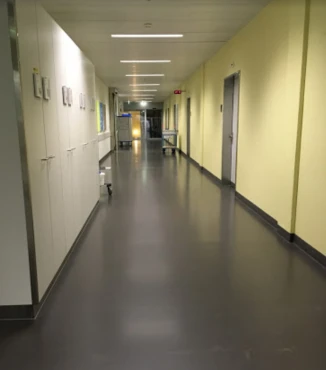

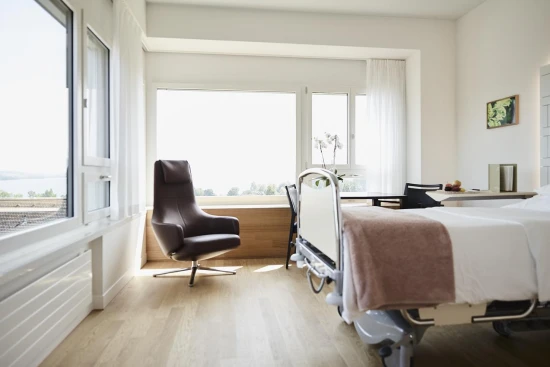
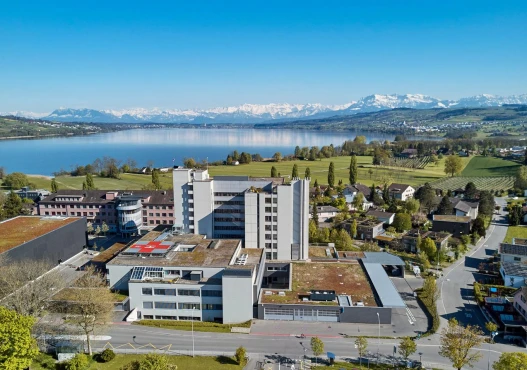


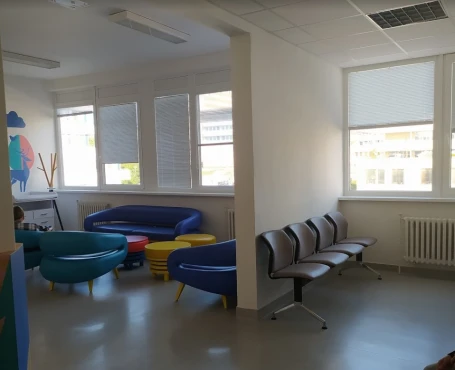
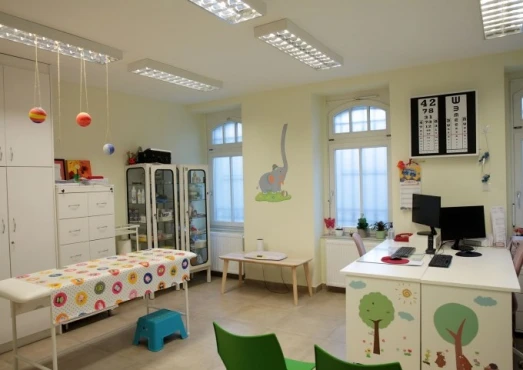

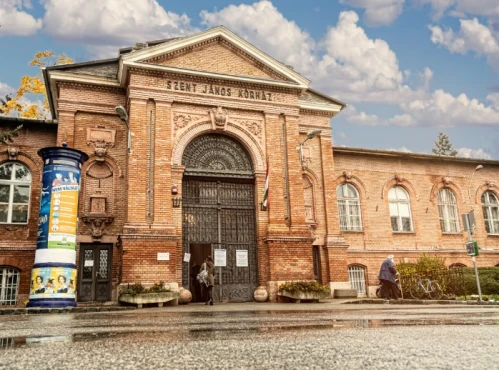
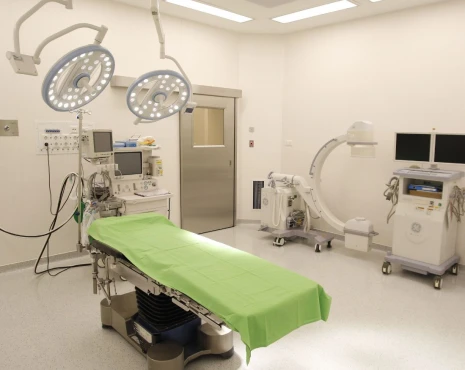
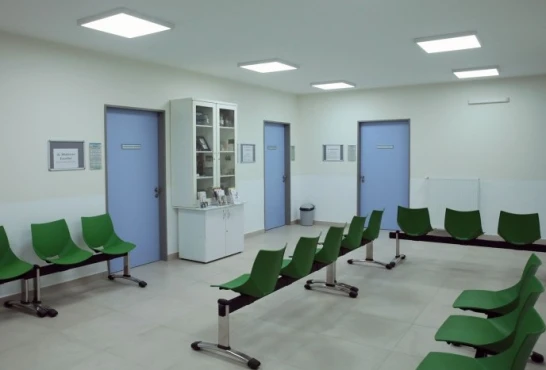

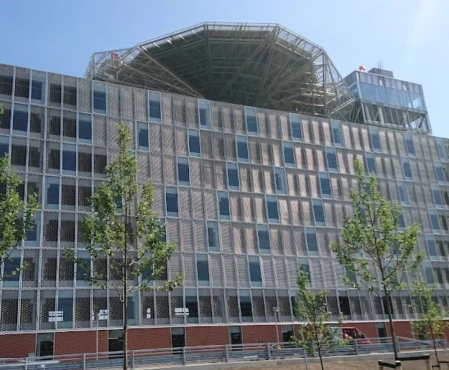
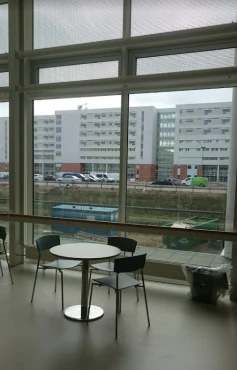
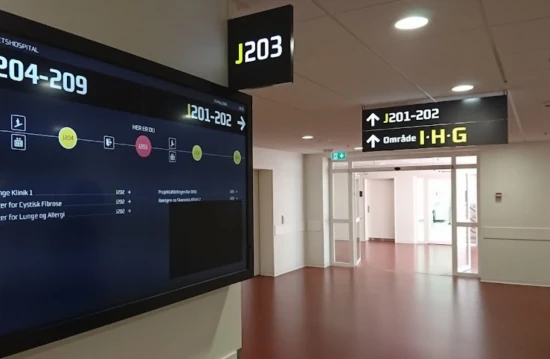
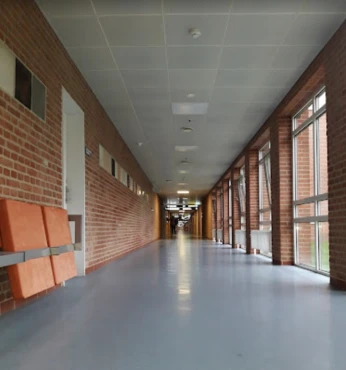
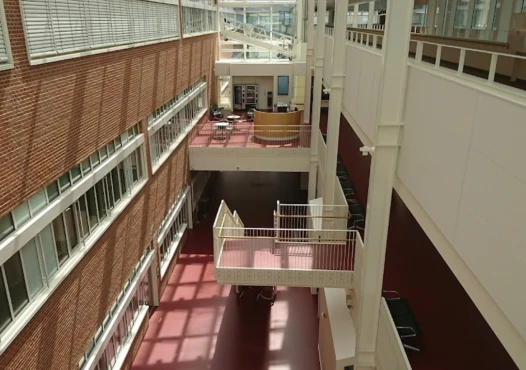
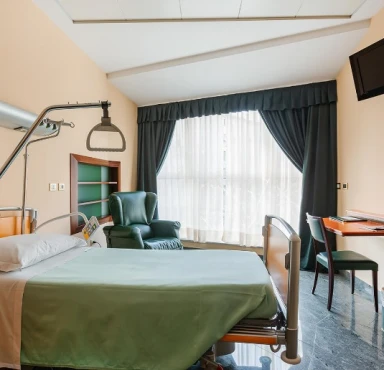
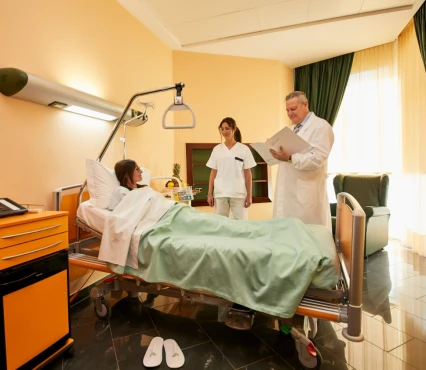
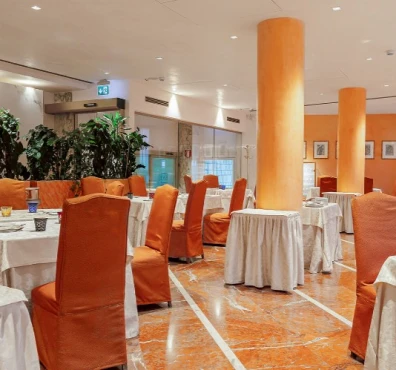
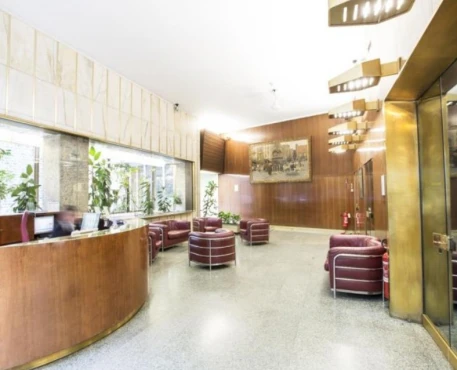
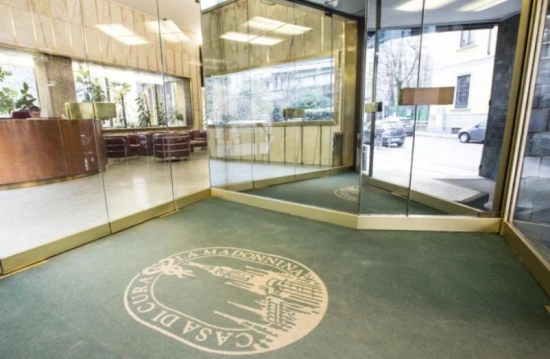
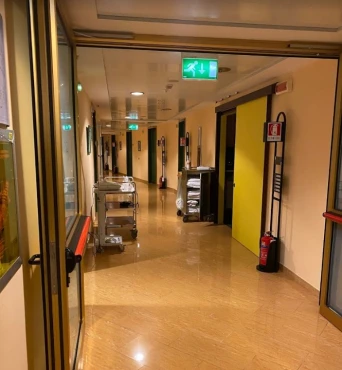
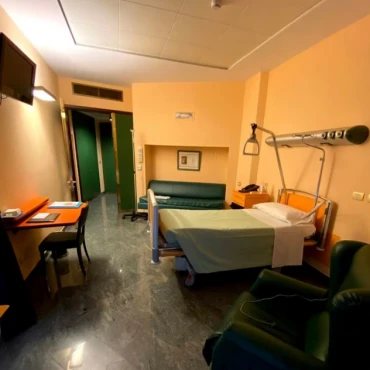
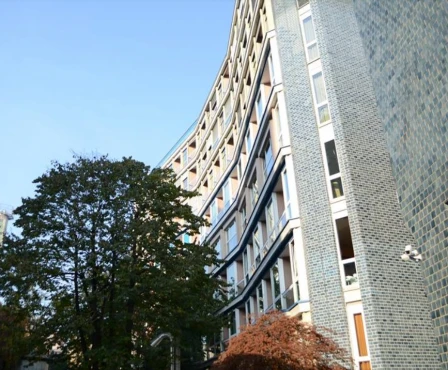
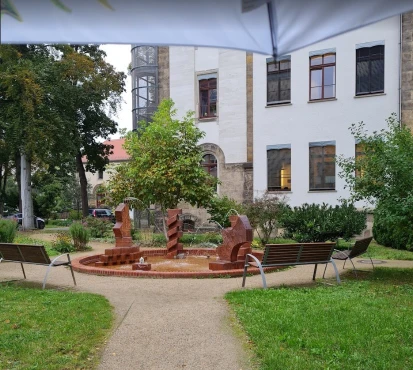

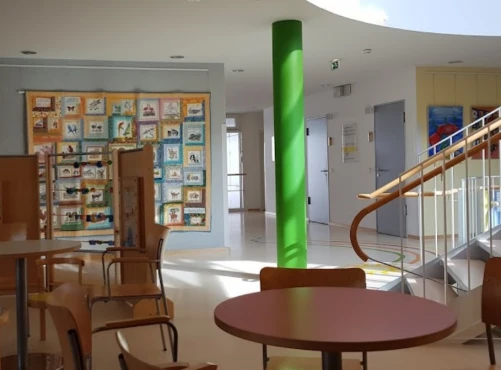

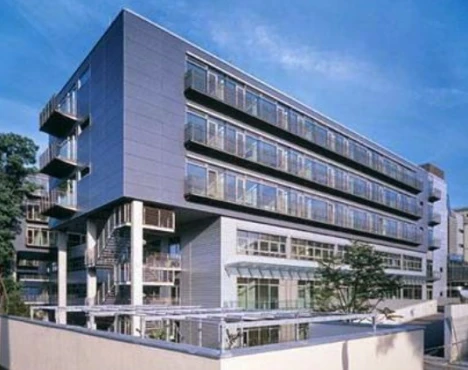
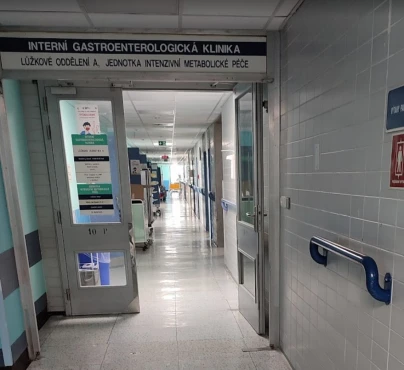
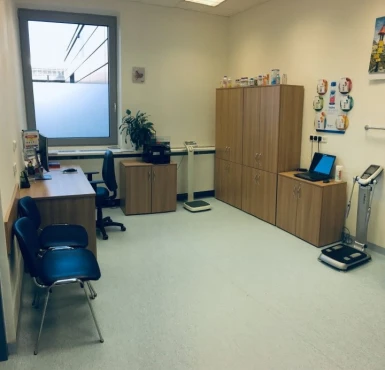
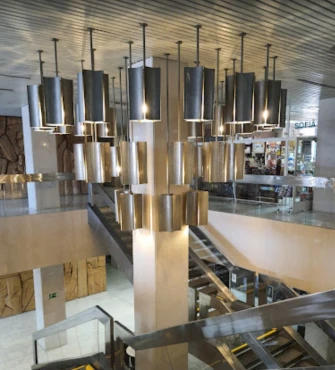
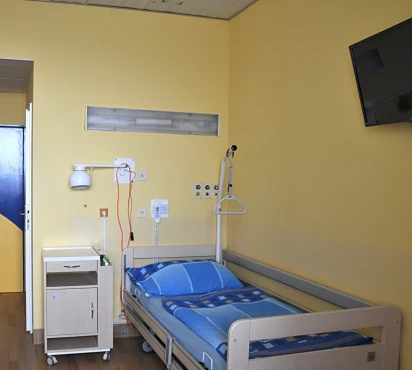
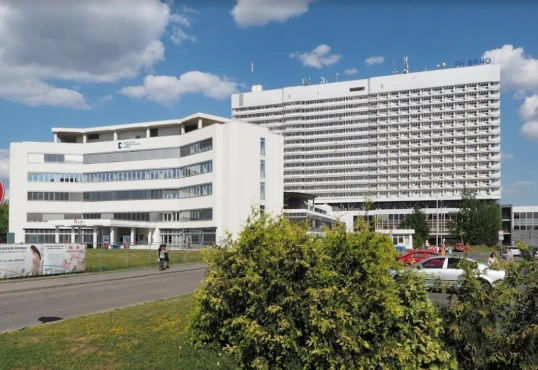

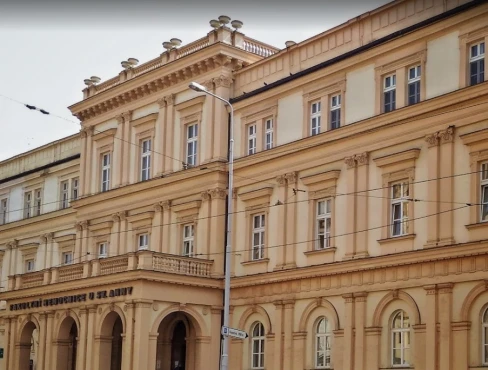


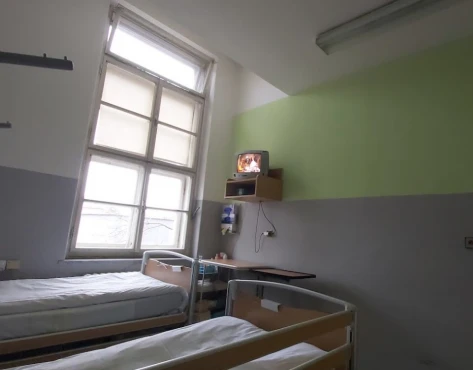
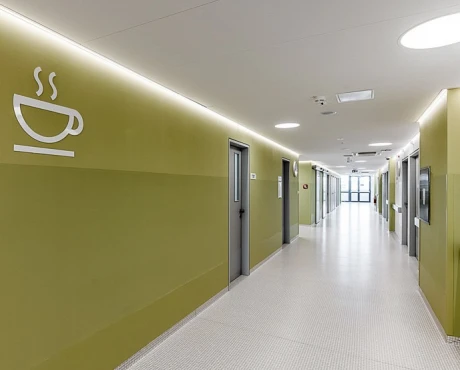
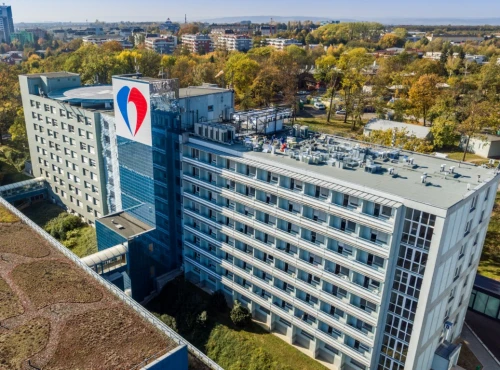

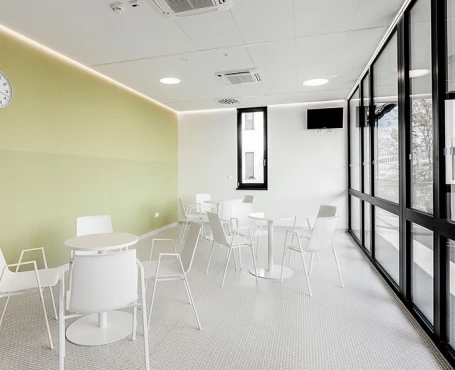

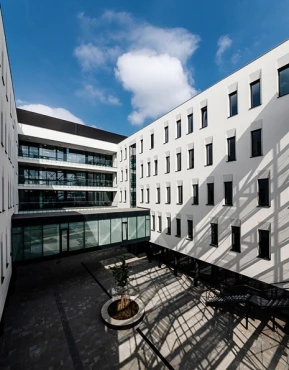
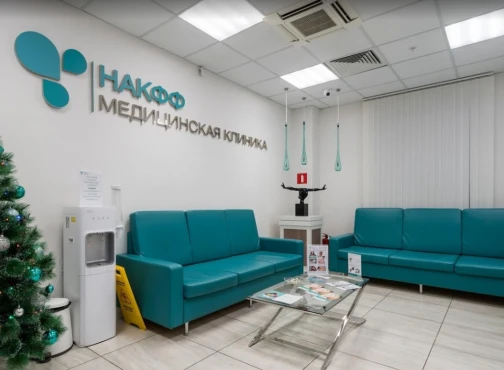
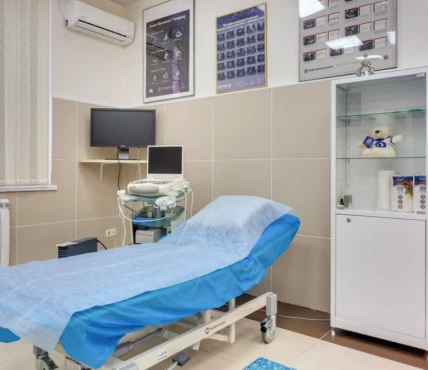
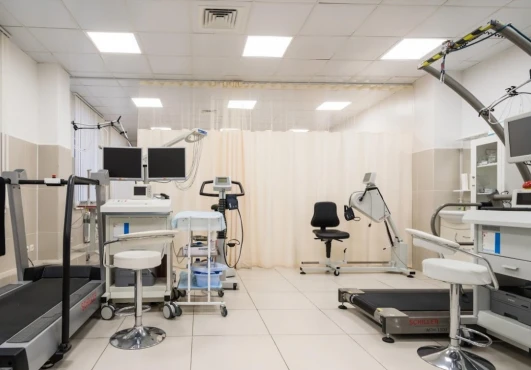
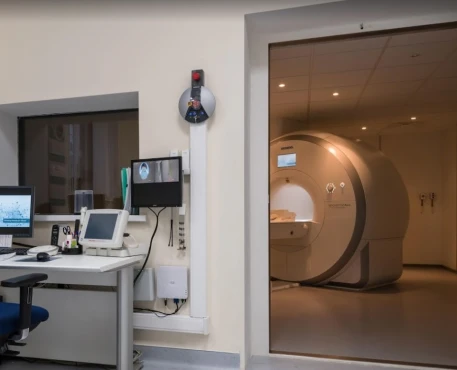

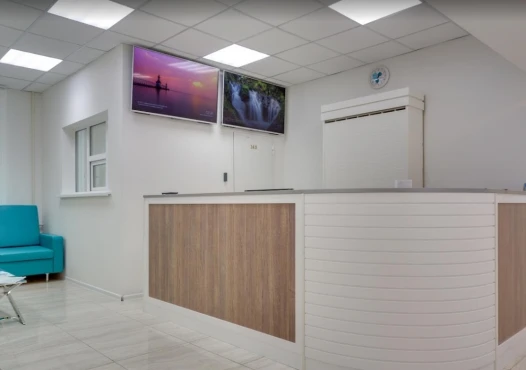
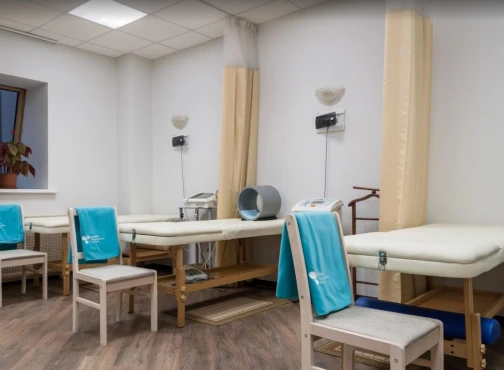
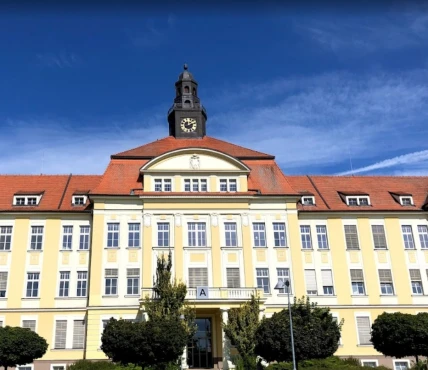
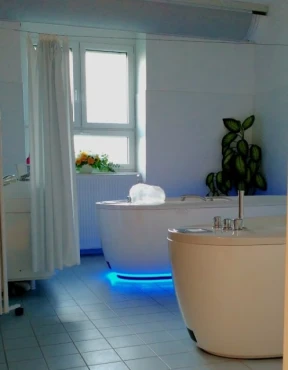
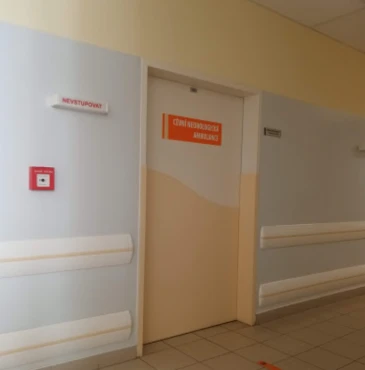


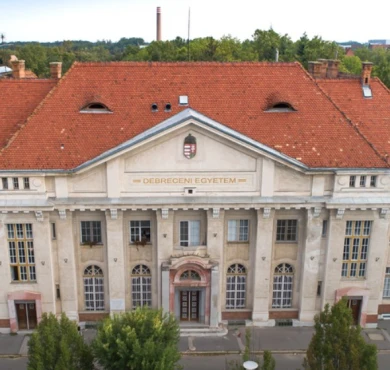


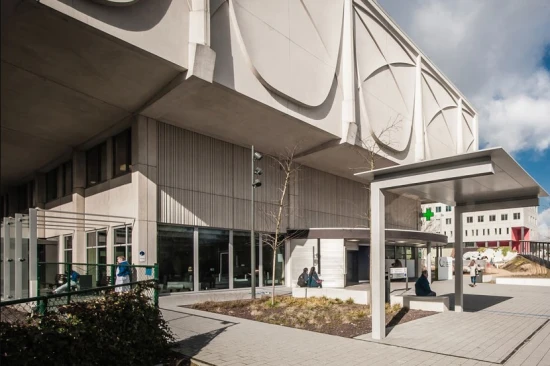

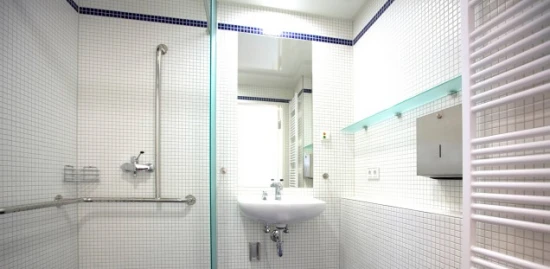


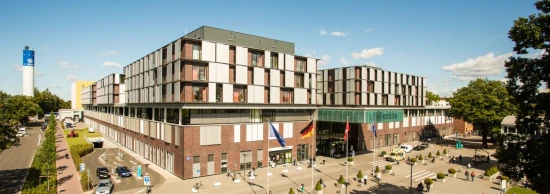


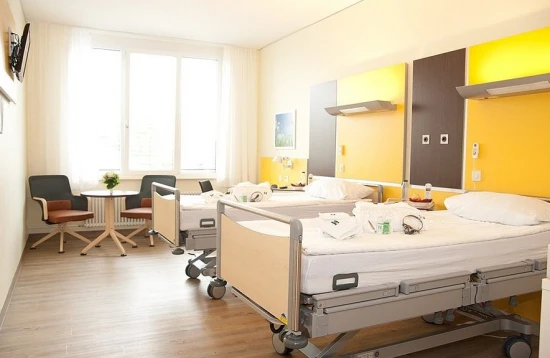

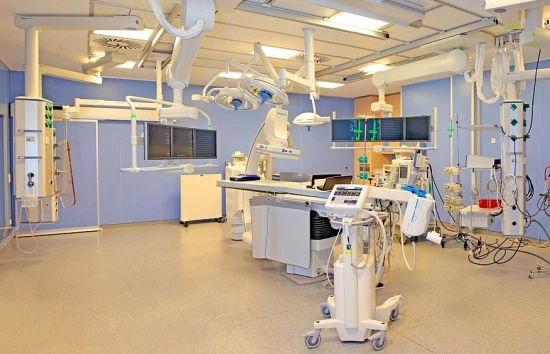
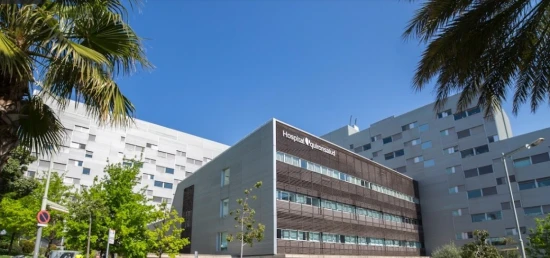
-medium.webp)
